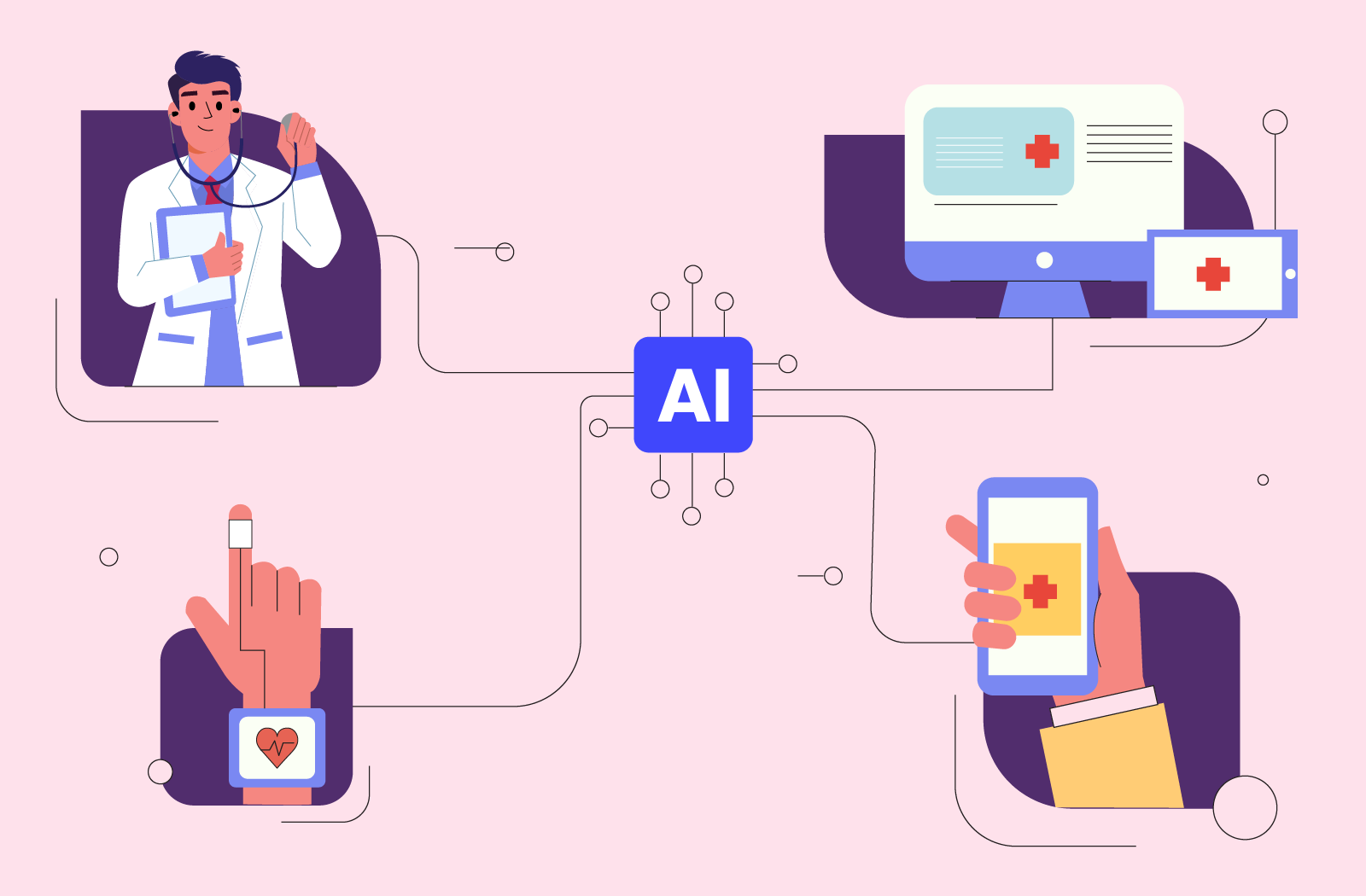Telehealth has come a long way since its inception, and the pandemic has accelerated its growth and adoption. With technology advancements and the increasing demand for remote healthcare services, telehealth is poised to revolutionize the way we access and receive medical care. In this blog, we'll explore the latest developments in telehealth and how they are shaping the future of healthcare. From advancements in virtual reality and artificial intelligence to the integration of wearable technology and patient-generated data, we'll discuss the most exciting trends and innovations in telehealth and their potential to expand access to care. Join us on this journey as we delve into the future of telehealth and its potential to transform the healthcare landscape.
Remote Monitoring
One of the key benefits of telehealth is the ability to remotely monitor patients' health status. This can be particularly beneficial for patients with chronic conditions or those who have recently been discharged from the hospital. Remote monitoring can help identify potential issues before they become serious, which can prevent hospital readmissions and improve outcomes.
One example of remote monitoring is a program at Providence St. Joseph Health. Patients with heart failure are given a tablet to report their symptoms and vital signs every day. Healthcare providers review this information and can step in if needed. A study found that patients in this program had a 33% lower chance of going back to the hospital compared to those who received traditional care.

Artificial Intelligence
Artificial intelligence (AI) has the potential to revolutionize healthcare delivery, and telehealth is no exception. AI-powered chatbots can provide patients with quick and convenient access to information and basic healthcare services, such as scheduling appointments or refilling prescriptions. AI can also be used to analyze patient data and provide personalized treatment recommendations.
There is a specific case in which New York-Presbyterian Hospital used AI technology to analyze patient data and identify patients who are at risk for sepsis. The AI system alerts healthcare providers when a patient is at risk, which allows for early intervention and improved outcomes.

Virtual Reality
Virtual reality (VR) technology is already being used in healthcare for a variety of purposes, including pain management, physical therapy, and mental health treatment. In telehealth, VR can be used to create immersive experiences that simulate in-person visits.
For example, a patient could use VR to "visit" their healthcare provider's office and have a virtual consultation. VR could also be used to simulate medical procedures, which could help patients feel more comfortable and prepared for the real thing. In support of this, a study published in the Journal of Pain Research found that patients with chronic pain who participated in a virtual reality program reported a significant reduction in pain intensity, with an average decrease of 36.8%.

Telepharmacy
Telepharmacy is a relatively new application of telehealth that is gaining popularity. Telepharmacy allows pharmacists to provide remote consultations and medication management services to patients. This can be particularly beneficial for patients in rural or underserved areas who may not have easy access to a pharmacy. Telepharmacy can also help reduce medication errors and improve medication adherence, which can lead to better outcomes.

Tele-ICU
Tele-ICU is a specialized form of telehealth that focuses on critical care. In a tele-ICU setting, critical care specialists can remotely monitor patients in the ICU and provide real-time interventions as needed. This can help improve outcomes for critically ill patients and reduce the workload for on-site staff. Tele-ICU has been shown to reduce ICU mortality rates and improve patient outcomes, and we can expect to see more widespread adoption of this technology in the future.
A study conducted by Banner Health in Arizona implemented Tele- ICU found that the use of tele-ICU technology resulted in a 35% reduction in ICU length of stay and a 30% reduction in ICU readmissions. The program allows critical care specialists to remotely monitor patients in several hospitals across the state and intervene when necessary.

Remote Surgery
Remote surgery, also known as telesurgery, is a form of telehealth that allows surgeons to perform procedures on patients who are located in a different locations. This technology has the potential to revolutionize surgical care, particularly in rural or underserved areas where access of healthcare is limited.

Conclusion
In conclusion, the future of telehealth is bright, and the industry is constantly evolving with new trends and innovations. From virtual reality and artificial intelligence to wearable technology and patient-generated data, telehealth is poised to transform the healthcare landscape and expand access to care. As telehealth continues to grow and evolve, it will play an increasingly important role in providing patients with high-quality, convenient, and cost-effective healthcare services.
We will continue to share valuable insights from our research on social media handles. Follow us on LinkedIn, Twitter, Facebook or Instagram to stay updated.


